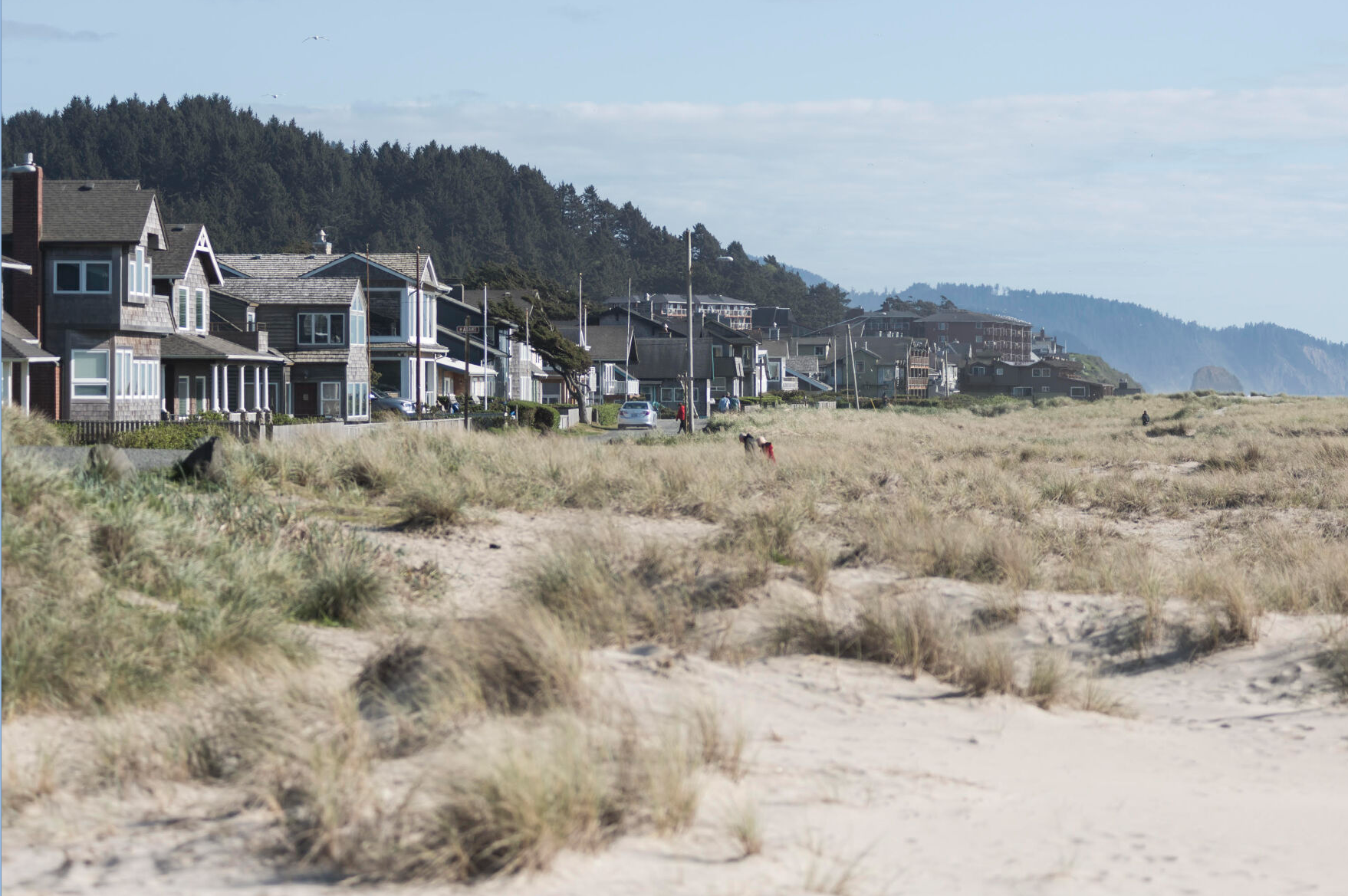Our View: Oregon should make virus data more transparent
Published 12:30 am Saturday, March 20, 2021

- Optics can be important during the coronavirus vaccine rollout.
One year after Clatsop County recorded its first coronavirus case, we have learned a lot about epidemiology, risk and public perceptions about science and government.
Trending
What we have not learned much about are the 804 local virus cases that caused 18 hospitalizations and seven deaths.
Sensitive about patient privacy, the Public Health Department has chosen to only share the age range, gender and broad geographic location of virus cases.
Even that data has gaps.
Trending
Nicole Bales, who has been reporting on the coronavirus for The Astorian since the pandemic began, spent months working with county staff to reconcile the information the county has publicly released into digestible form.
“A Coronavirus Snapshot,” the graphic that appears on our front page on Saturday, documents local virus cases by month. We have been publishing a version of the graphic since last summer, hopeful that one day each of the cases would have a demographic profile. That’s apparently not going to happen.
For the first time, though, we are able to break down virus cases by age range and gender, offering readers a deeper look into COVID-19 on the North Coast. The graphic does not contain precise numbers for each age range, since we were unable to reconcile the information for 18 virus cases.
The graphic also does not detail virus cases by zip code. Early in the pandemic, the county rejected a public records request by The Astorian for the data. The district attorney turned down the newspaper’s appeal.
The graphic also does not describe virus cases by race. The Public Health Department has said Hispanics are disproportionately reflected in the case count, a pattern seen across Oregon, but the county has not disclosed the data.
We have been fortunate on the North Coast. Our rates of hospitalization and death from COVID-19 have been comparatively low. So far, we have fared better than Columbia County to the east, which has had 1,301 virus cases and 23 deaths, and worse than Tillamook County to the south, which has had 462 cases and two deaths.
Over time, we anticipate researchers will unpack the reasons why the virus spread more rapidly — and was more deadly — in some regions than others.
Transparency
We recognize that our Public Health Department and most of our county and city leaders emphasize the guidance from federal and state public health experts to contain the virus and do not politicize the pandemic. We also know most local residents and businesses respect the mask and social distancing requirements and take precautions to protect themselves and others.
Our Public Health Department has been more transparent about virus cases than many other counties. But, as we said last summer when we called on the county to disclose workplace virus outbreaks, that standard isn’t enough.
Government has an obligation to provide more information in a public health emergency. Transparency is essential, not only so people might be better informed about virus risk, but also to justify government restrictions on individuals and businesses and to hold public agencies accountable for virus response.
State law gives the Oregon Health Authority and county public health departments unbridled discretion over information obtained while investigating disease outbreaks. The information is considered confidential and exempt from disclosure under the public records law.
Nothing in the law, however, prevents the health authority or county public health departments from publishing statistical compilations and reports that do not identify individual cases.
In practice, that means public information about the coronavirus is whatever the state or counties say it is on any given day.
The East Oregonian, our sister paper in Pendleton, sought demographic data on virus cases for months but was rebuffed by Umatilla County and the Oregon Health Authority. Reporters, in particular, wanted more detail on how Hispanics were represented in the county’s caseload. The county was worried about the potential stigma for Hispanics, while the health authority cited the confidentiality provision of the law.
This month, the Umatilla County Public Health Department released its own report that found Hispanics accounted for 41% of the county’s COVID-19 cases in 2020. “County officials had been saying for months that the Hispanic community was hit hard by COVID-19, but we knew the public deserved to see the evidence that showed this,” Bryce Dole, an East Oregonian reporter, said in an email.
Change the law
Senate Bill 719, sponsored by state Sen. Michael Dembrow, D-Portland, and state Rep. Karin Power, D-Milwaukie, would make it so aggregate data relating to disease investigations is not confidential or exempt from disclosure under the public records law unless it could reasonably lead to the identification of individuals.
Tom Holt, on behalf of the Society of Professional Journalists, told legislators in written testimony that the Oregon Health Authority’s public records “denials, even while spinning the same data for PR purposes, goes well beyond an innocent misreading of the law and warrants correction by the Legislature.
“The health authority has and continues to make recommendations and decisions that affect all Oregonians, and there is a clear public interest in the high-level data used to make those recommendations and decisions. And not just vague charts or other summaries selectively released by an agency.”
In Clatsop County, our county commissioners have talked about the importance of transparency during the coronavirus pandemic but have done little to press the Public Health Department to release more information. We hope they will join us in encouraging the Legislature to change the law so we might be able to close some of the data gaps.









